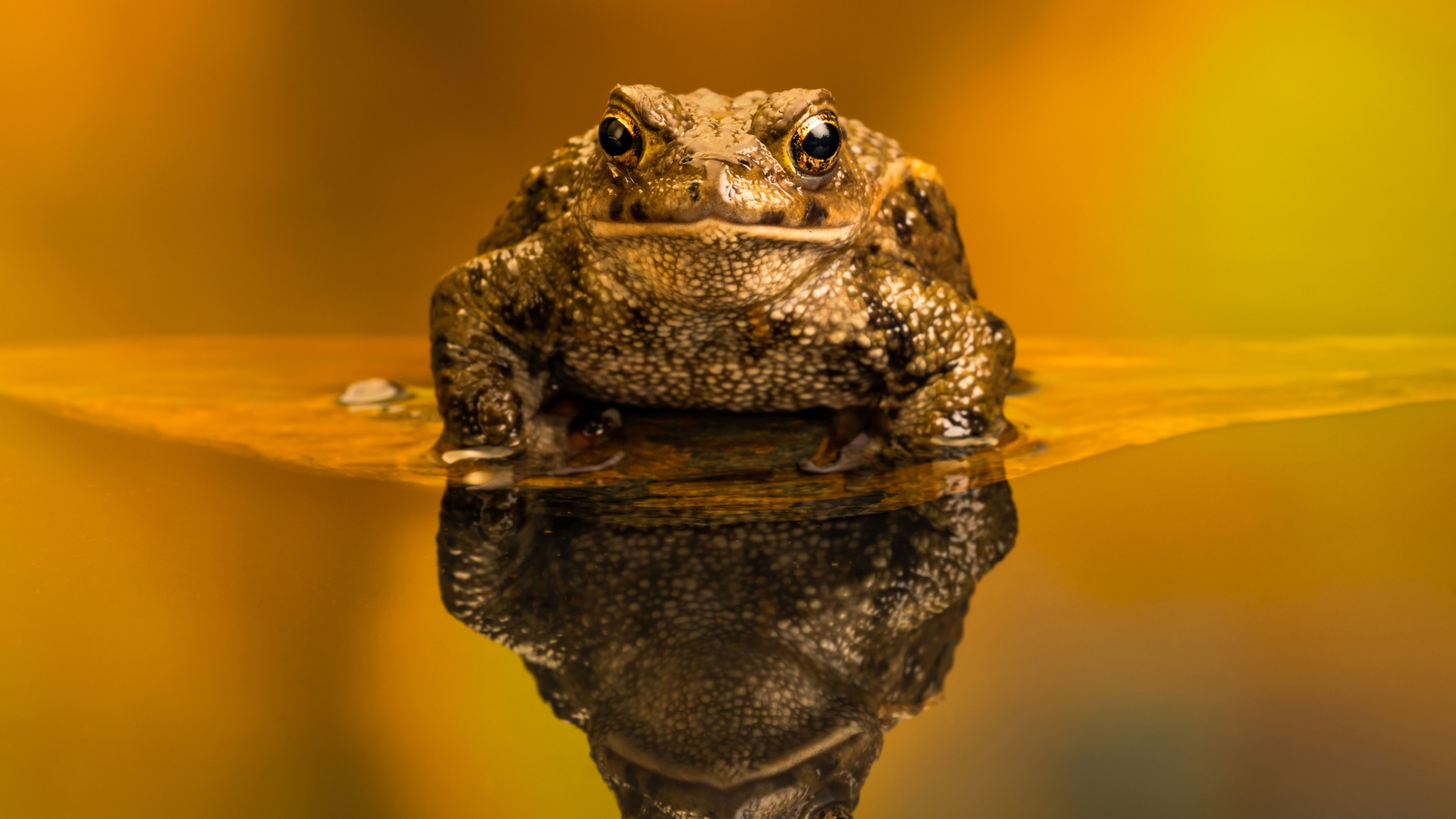Nature is home to amazing species that have learned to survive in tough conditions. However, even with their strong will to live, some animals are facing serious threats that could lead them to extinction.
One major problem they encounter is diseases that spread rapidly and cause a lot of damage to their numbers.
This article highlights 11 species that are struggling with these illnesses and are fighting to stay alive. By learning about their challenges, we can understand how important they are to the ecosystem and find ways to help protect them.
1. Yellow-Legged Frog
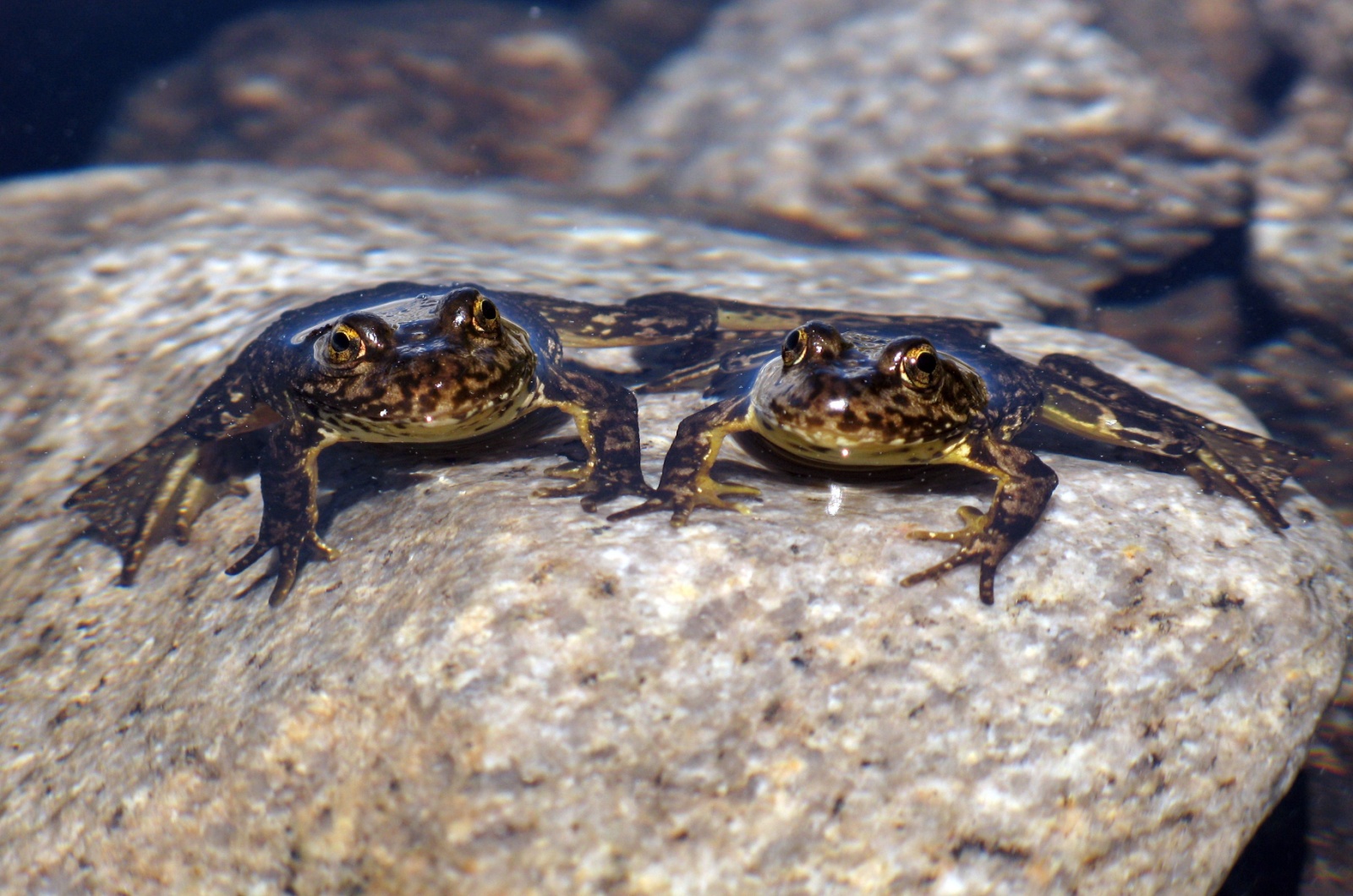
Take for example, yellow-legged frogs, which used to thrive in California’s mountain streams, are now facing serious challenges to their survival.
A harmful fungal disease called chytridiomycosis has greatly reduced their numbers. This disease attacks their skin, which is really important for frogs because they breathe and soak up water through it.
When infected, their skin thickens, making it hard for them to balance their electrolytes, which can lead to heart problems.
Even though there are efforts to breed these frogs in captivity and release them back into the wild, the fungus still poses a big risk to their existence. Conservationists are also looking into ways to create antifungal treatments and protect their natural environments.
2. Tasmanian Devils
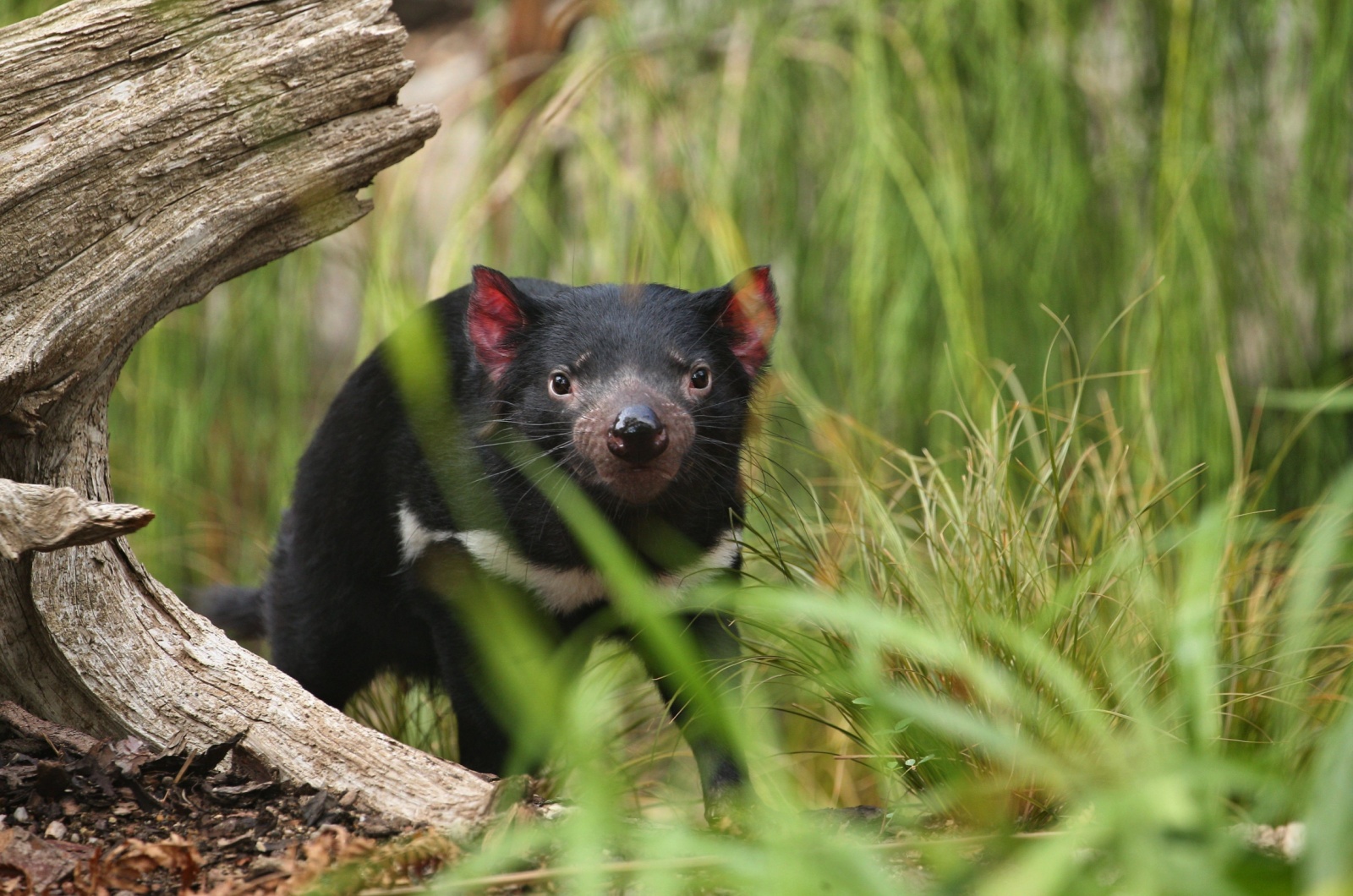
Next up are Tasmanian devils, famous marsupials known for their fierce nature. Unfortunately, they are facing a rare and aggressive cancer called Devil Facial Tumor Disease (DFTD).
This disease is contagious and spreads when they bite each other, which is something they often do. DFTD leads to large tumors on their faces, making it hard for them to eat and eventually causing starvation.
In some areas, this disease has wiped out more than 90% of the population. To help save these animals, conservationists are working on breeding programs, isolating healthy groups, and studying possible vaccines. They are also trying to reintroduce healthy devils into safe areas.
3. Black-Footed Ferrets
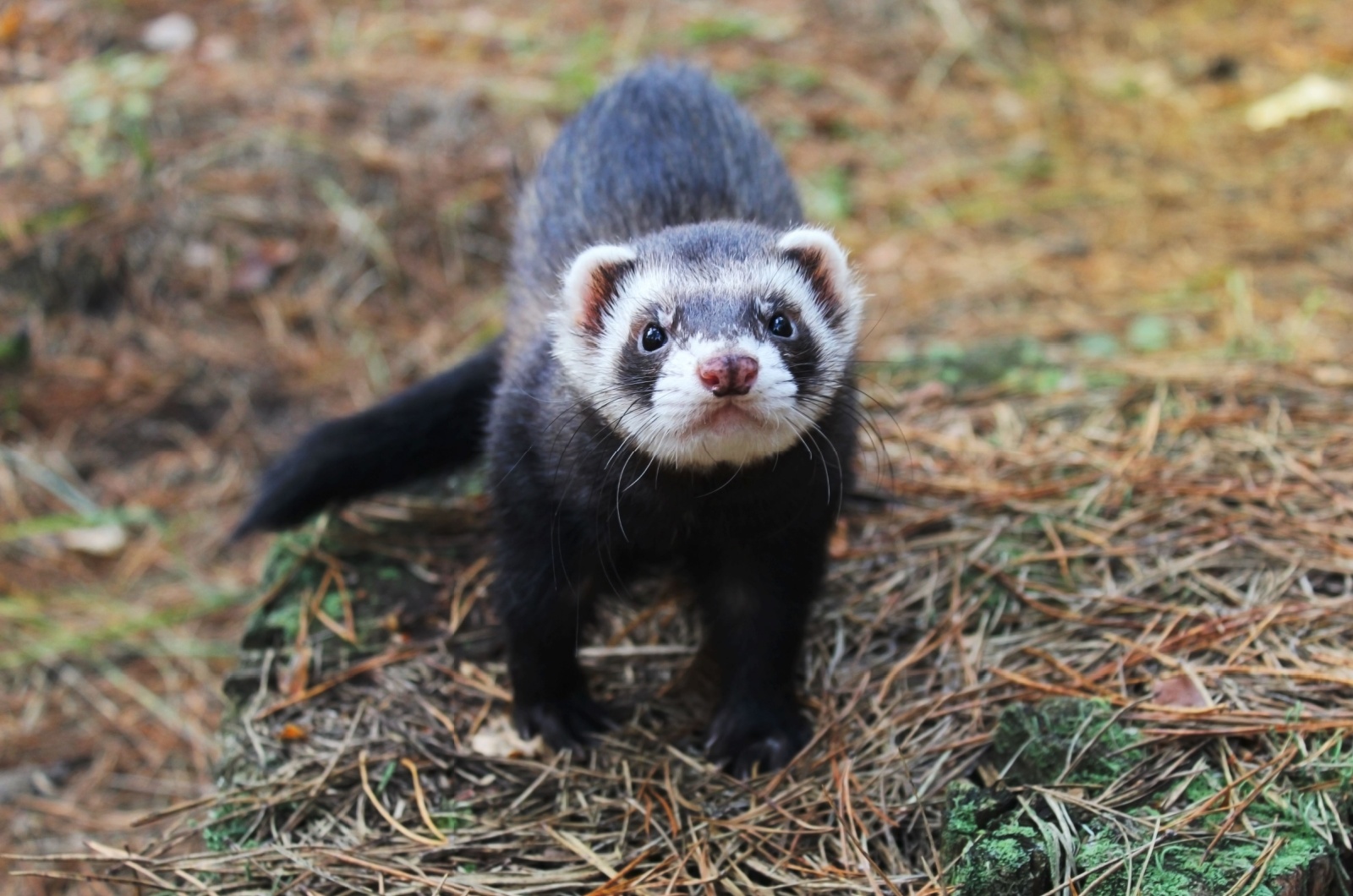
Once believed to be gone forever, black-footed ferrets have made an impressive return thanks to breeding programs in captivity. Still, they are in danger from sylvatic plague, a disease caused by bacteria that spreads through fleas.
This illness not only harms the ferrets but also affects their main food source, prairie dogs, which are essential for their survival.
The decline of prairie dog colonies due to habitat loss makes things even worse. To help these ferrets survive in the long run, it’s important to vaccinate both ferrets and prairie dogs and restore their habitats.
4. California Condors
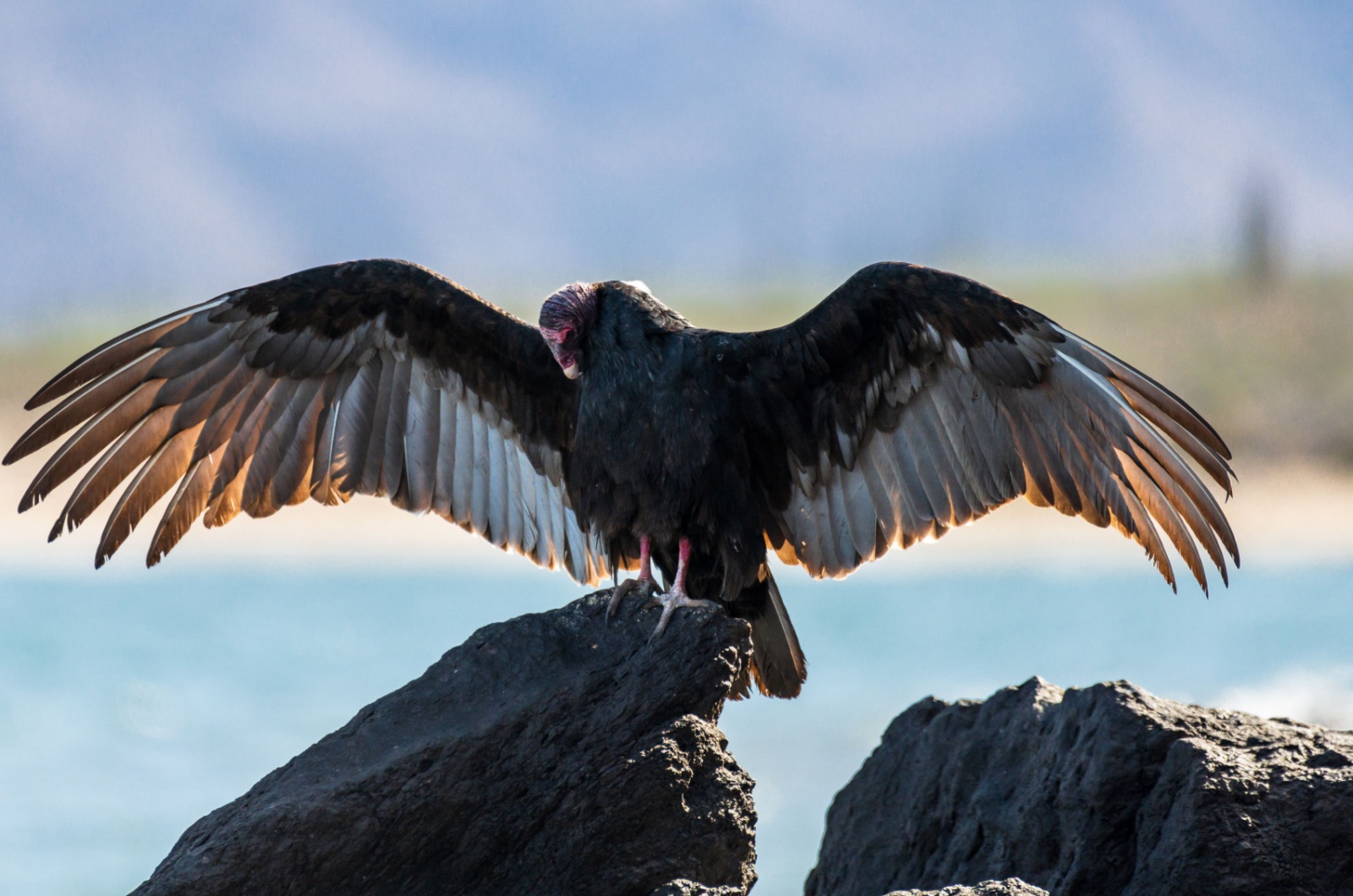
California condors are some of the biggest birds that can fly in North America, but their numbers have dropped dramatically because of lead poisoning.
When these scavengers feed on carcasses left by hunters, they often consume lead fragments from bullets. This can lead to weakness, paralysis, and even death.
In the 1980s, there were fewer than 30 condors left in the wild, but thanks to strong conservation efforts, their population has started to grow.
Today, they are closely monitored, and there is a push for using lead-free bullets to help protect them. Breeding programs and raising public awareness are also crucial for their recovery.
5. Bats
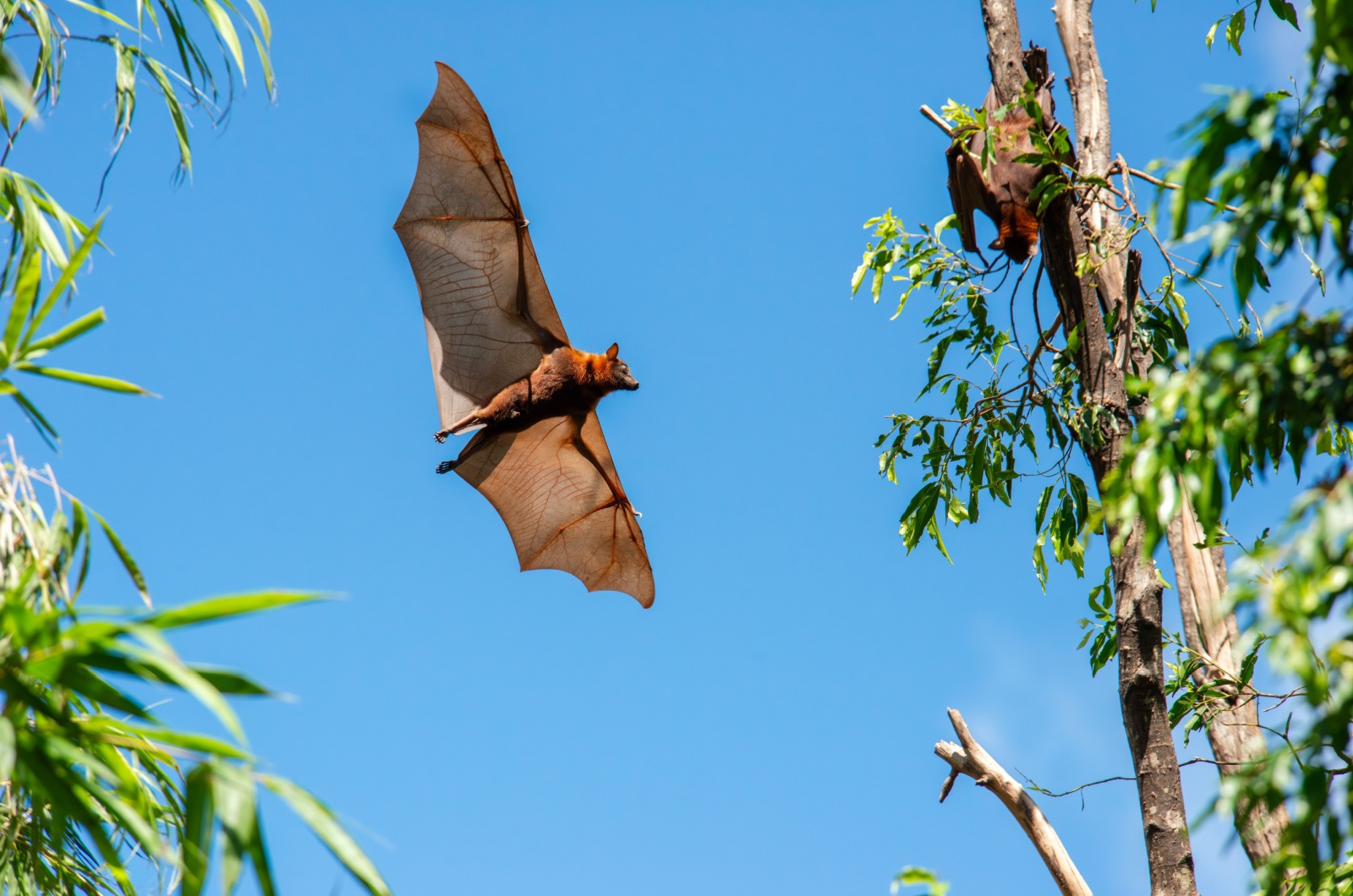
Unfortunately, bats are also facing serious challenges. They are important for keeping insect numbers in check, but a fungal disease known as white-nose syndrome is putting them at risk.
This illness impacts bats during hibernation, causing them to wake up too often and use up their fat stores, which can lead to starvation. The fungus thrives in cold and damp places, spreading quickly among bat groups.
Millions of bats have died in North America, with some species seeing their numbers drop by more than 90%. Scientists are working hard to find ways to help, including antifungal treatments, managing their habitats, and educating the public about the importance of bats.
6. Atlantic Salmon
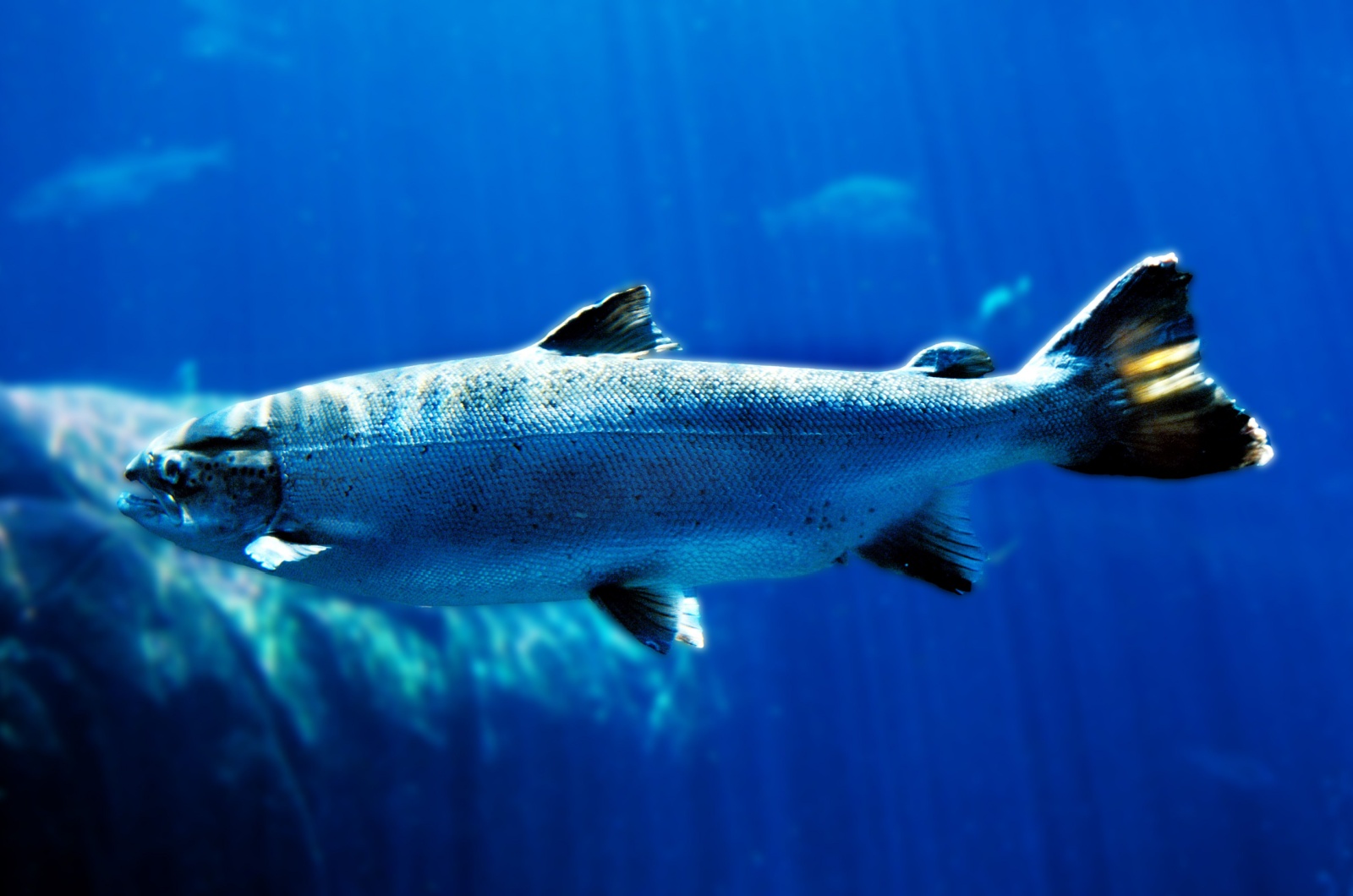
Even though Atlantic salmon is a very important species in both ocean and freshwater environments, they are struggling with infestations of sea lice.
These small parasites cling to the fish’s skin, creating wounds and making them more susceptible to infections. The rise of salmon farming has helped these parasites spread, putting wild salmon populations at risk.
Besides sea lice, changes in water temperature and pollution are also harming salmon. Conservation efforts are aimed at improving farming methods, restoring healthy river habitats, and regulating fishing practices to help salmon survive. Researchers are also looking into genetic ways to make salmon resistant to sea lice as a possible solution.
7. Bees
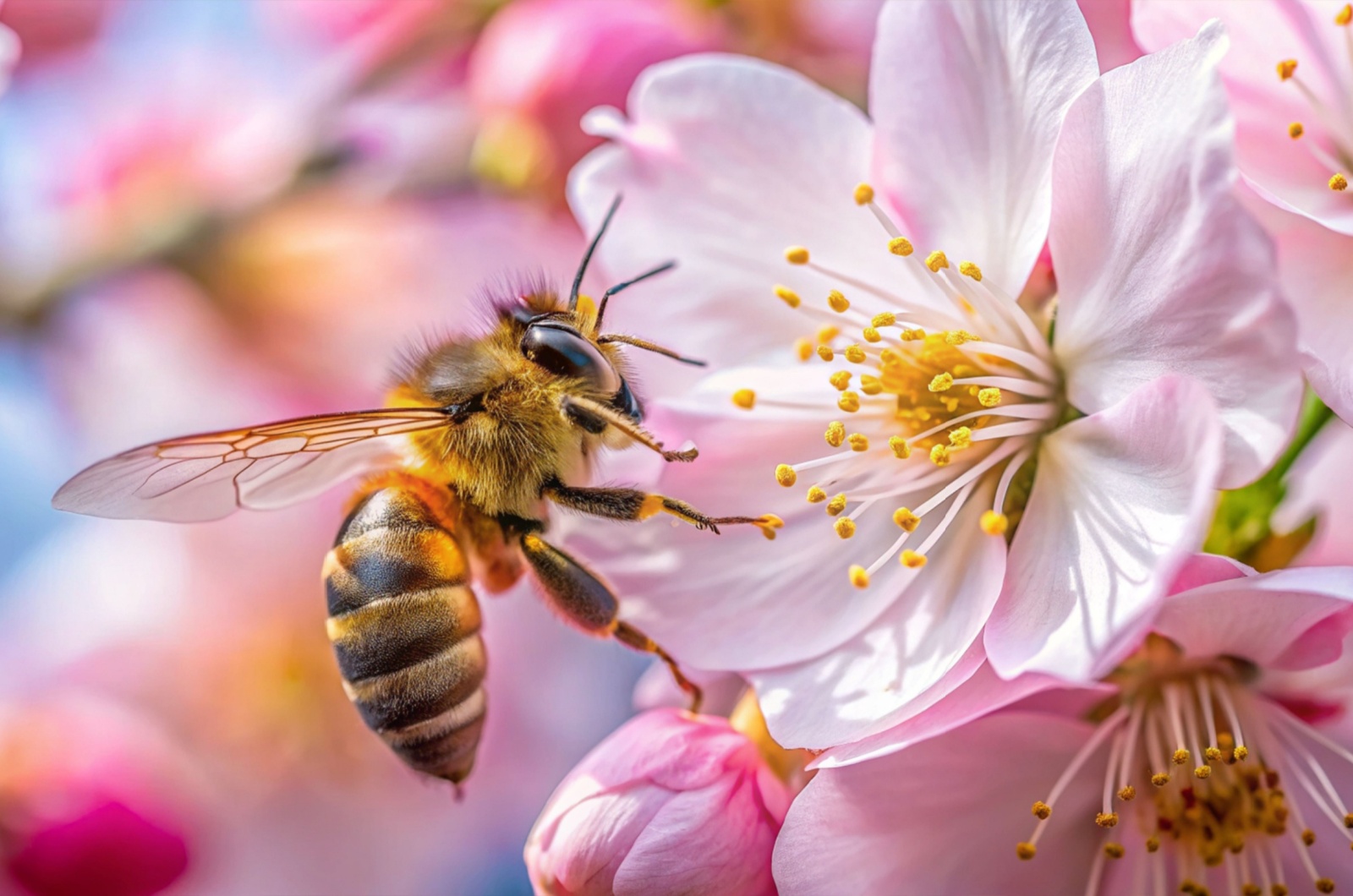
We all know that bees play a crucial role in pollinating plants, which helps produce food and maintain biodiversity. However, they are also dealing with several serious problems that threaten their existence.
One big issue is colony collapse disorder, where worker bees suddenly leave their hives. This happens because of various reasons, such as parasitic mites, exposure to pesticides, loss of their natural habitats, and climate change.
The drop in bee populations can have serious effects on ecosystems and farming. To help save bees, people are working on creating environments that are friendly to pollinators, cutting down on pesticide use, and encouraging organic farming.
8. Corals
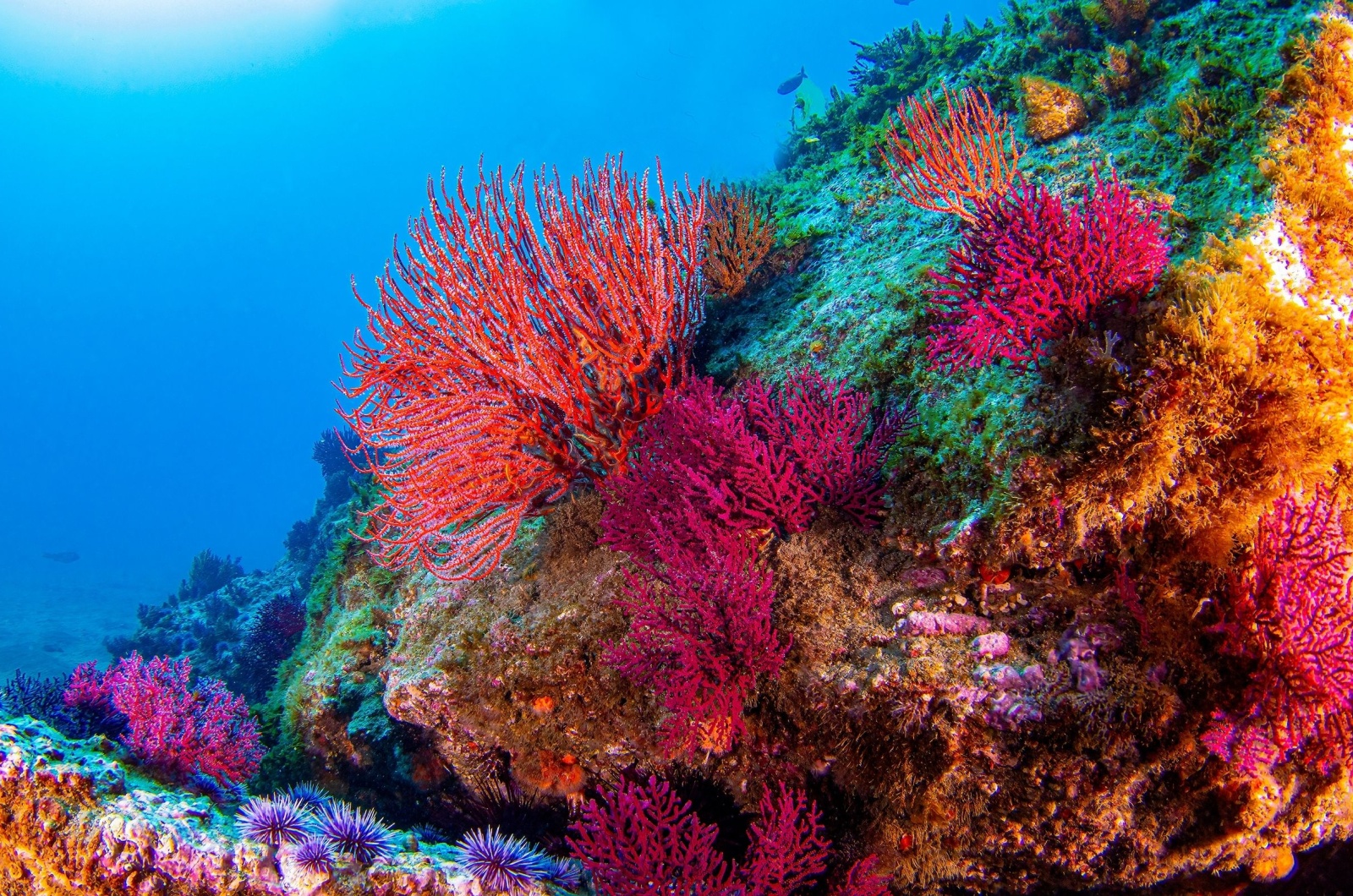
We also can’t overlook coral reefs, which are among the most diverse ecosystems on our planet, but they are facing serious threats from bleaching and diseases.
The increase in sea temperatures caused by climate change leads corals to lose the algae that give them nutrients, resulting in bleaching. Moreover, weakened corals become vulnerable to bacterial and fungal diseases, which further harm them.
The decline of coral reefs impacts marine life and the livelihoods of millions of people who rely on them. To protect these vital ecosystems, strategies include lowering carbon emissions, safeguarding marine areas, and restoring damaged reefs through coral farming and transplantation.
9. Amphibians
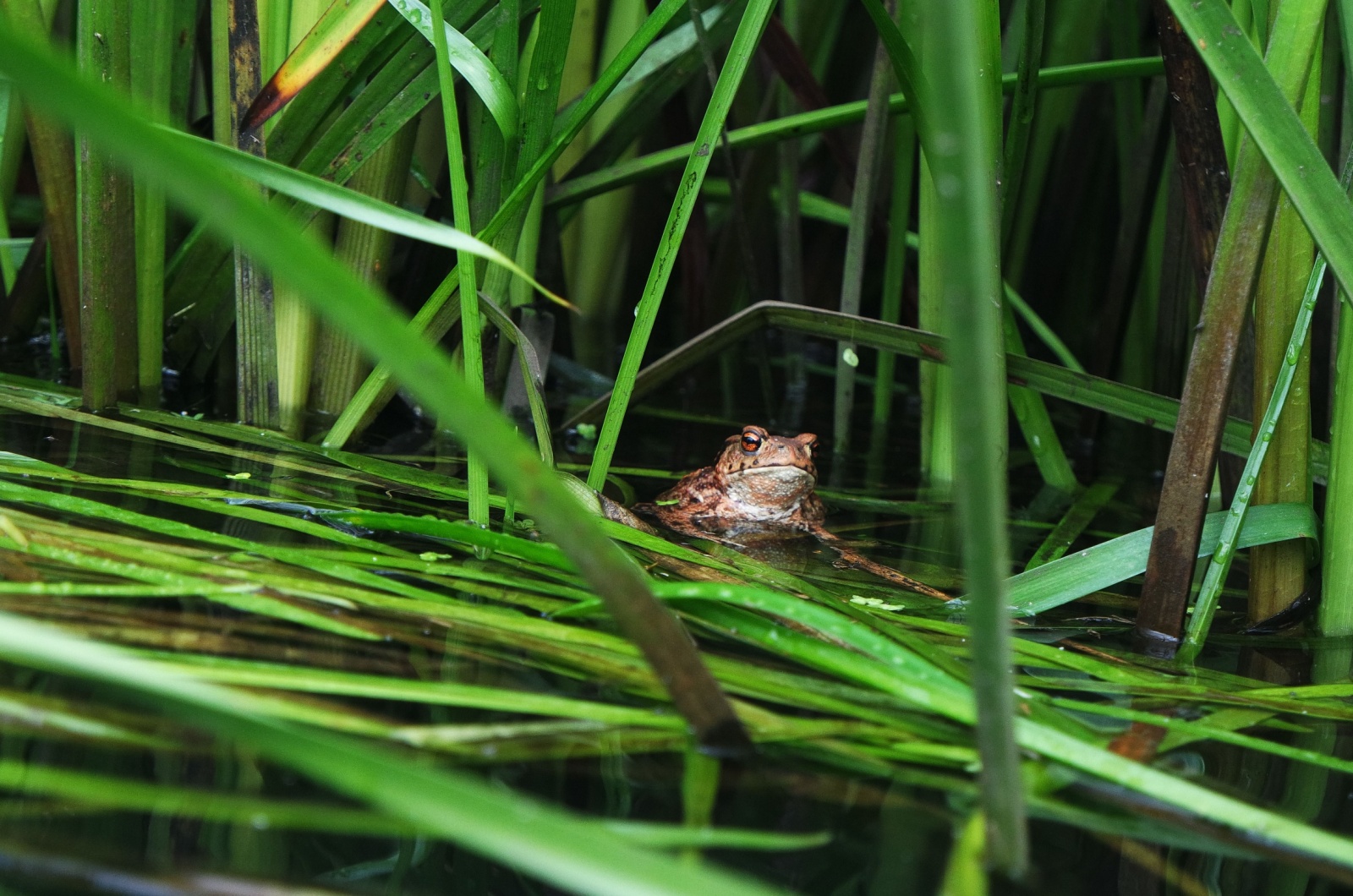
Amphibians all over the world are seeing their numbers drop dramatically because of fungal diseases like chytridiomycosis and ranavirus. These infections harm their skin and internal organs, leading to many bad outcomes.
Habitat loss, pollution, and climate change make these problems even worse. Conservationists are working on breeding programs, restoring habitats, and finding treatments for these diseases. It’s also really important to educate the public about why amphibians are vital for ecosystems to help ensure their survival.
10. Sea Turtles
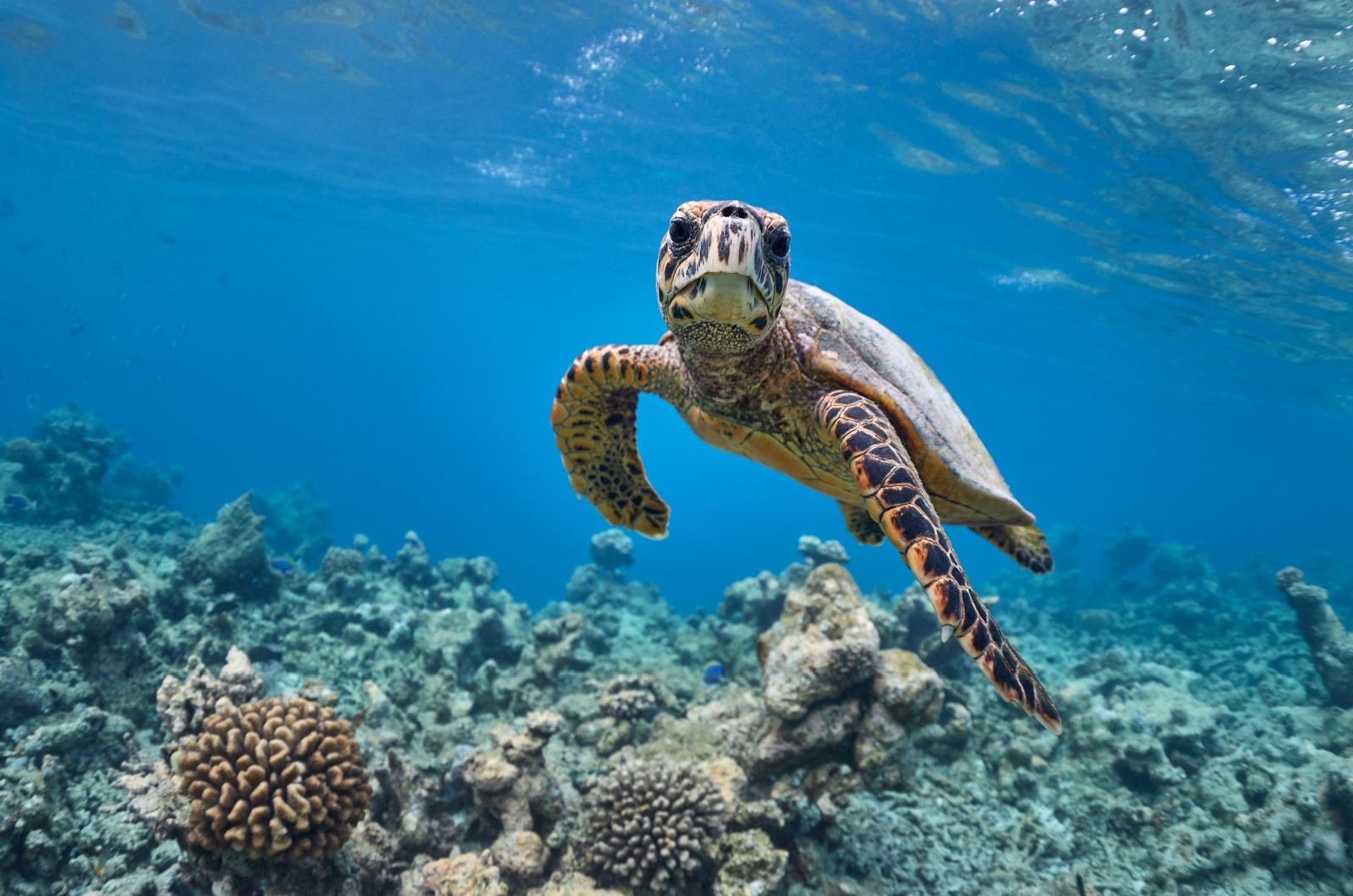
One of the most important creatures that are really important for keeping our oceans healthy is sea turtles. Unfortunately, they are also the ones who are facing serious threats from fibropapillomatosis, a viral disease that causes painful tumors on their bodies.
These tumors can make it hard for them to see, move, and eat, which puts them at risk from predators. On top of that, habitat loss, plastic waste, and climate change make things even worse for them.
Conservation efforts are focused on protecting their nesting areas, reducing accidental catches in fishing, and helping sick turtles in rescue centers.
11. Tasmanian Pygmy Possums
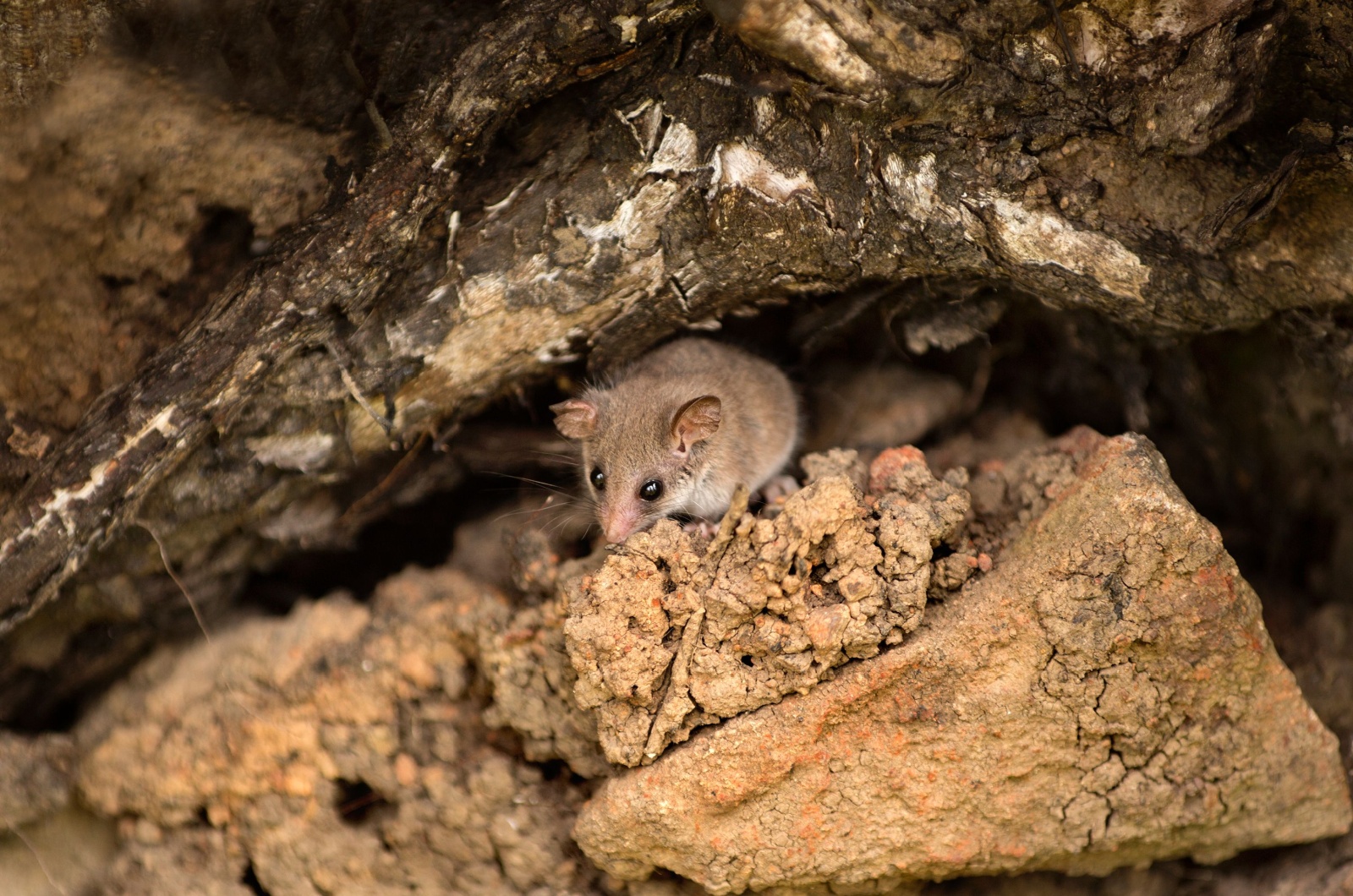
The Tasmanian pygmy possum, one of the tiniest marsupials on the planet, is facing big problems because of habitat loss and food shortage.
Wildfires and logging have greatly decreased their natural homes, and changes in how plants bloom are affecting their food sources.
Conservationists are trying hard to protect what’s left of their habitats and create wildlife corridors to help them survive. They are also thinking about breeding these possums in captivity to increase their numbers.

